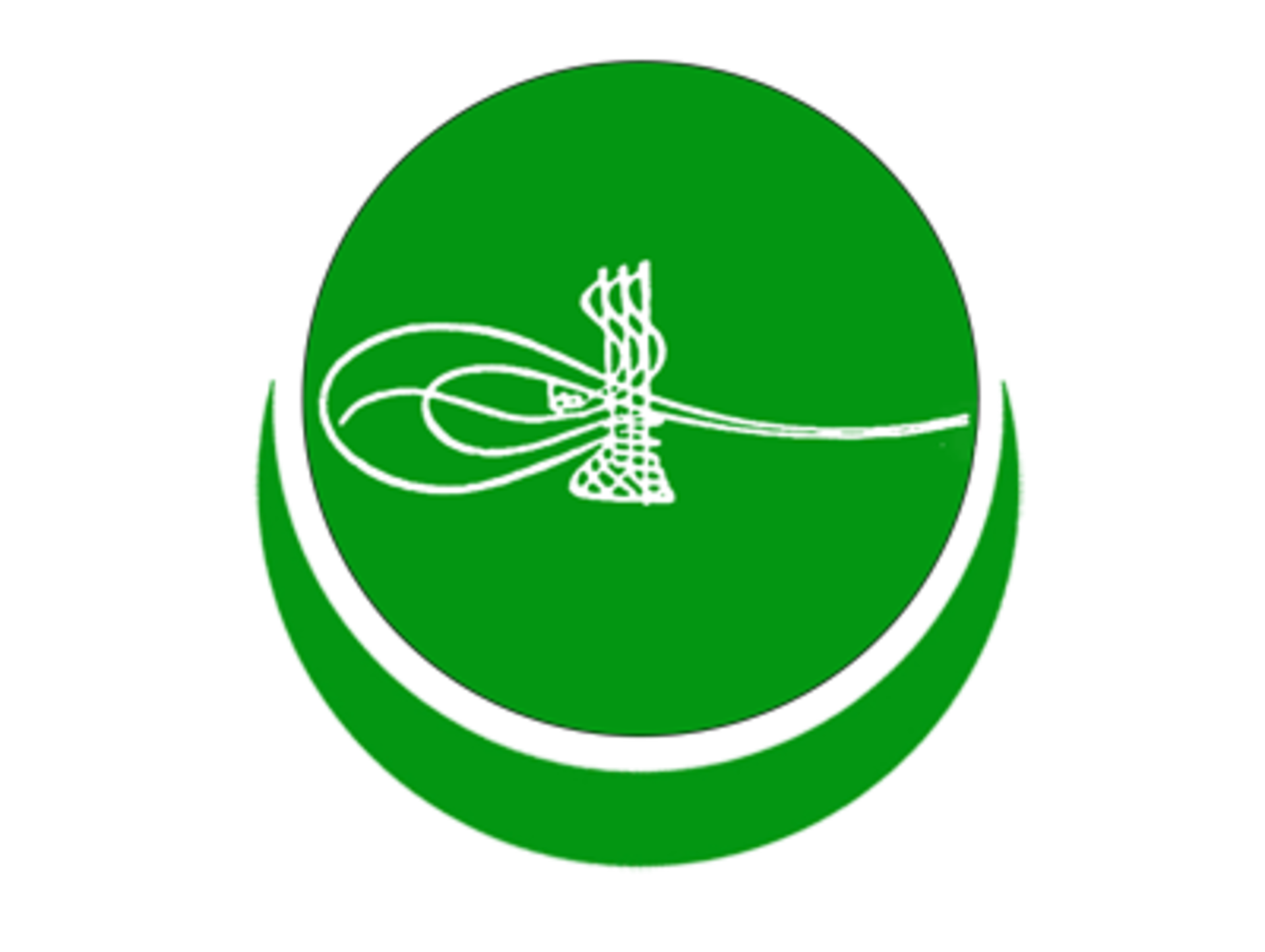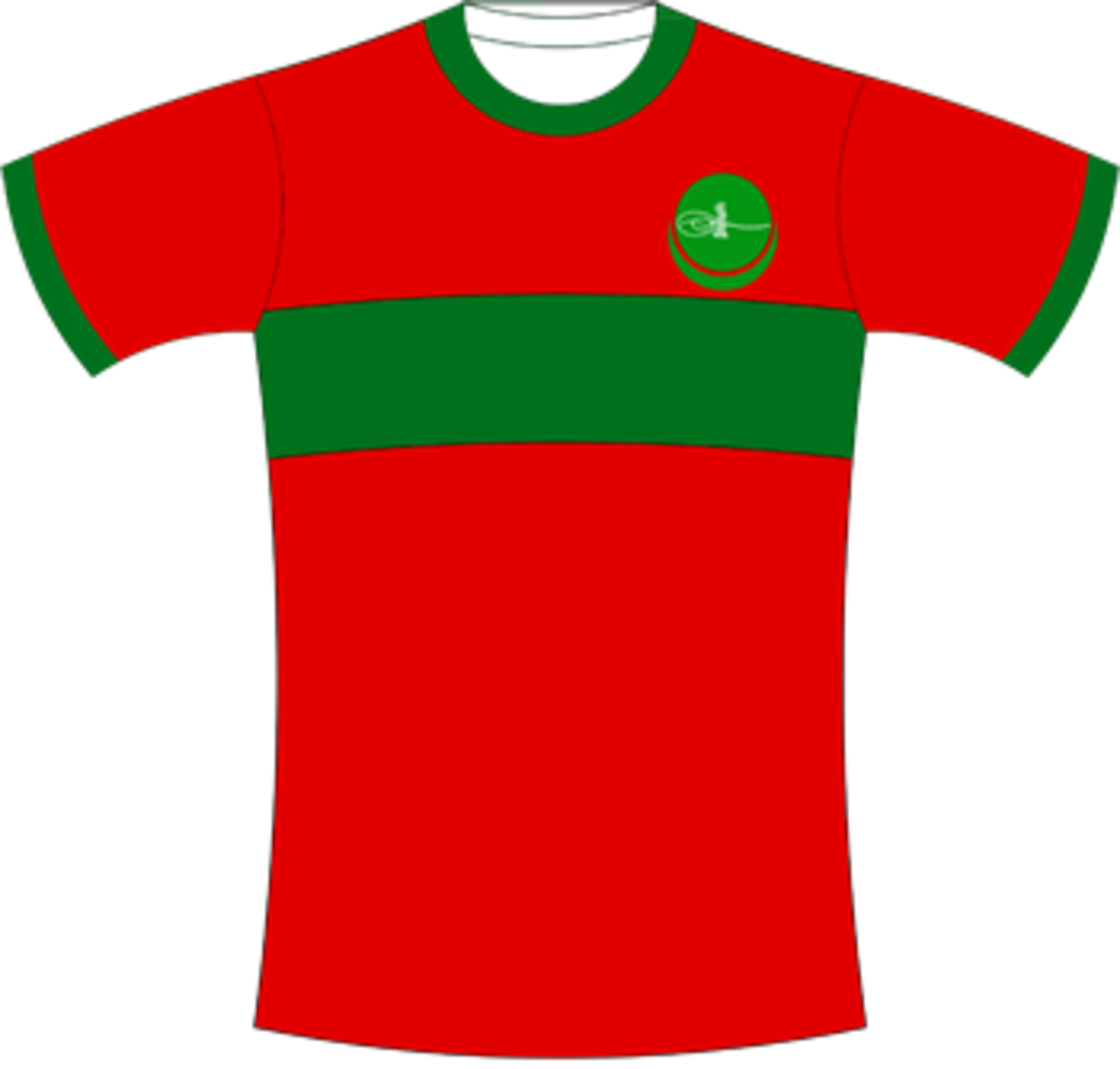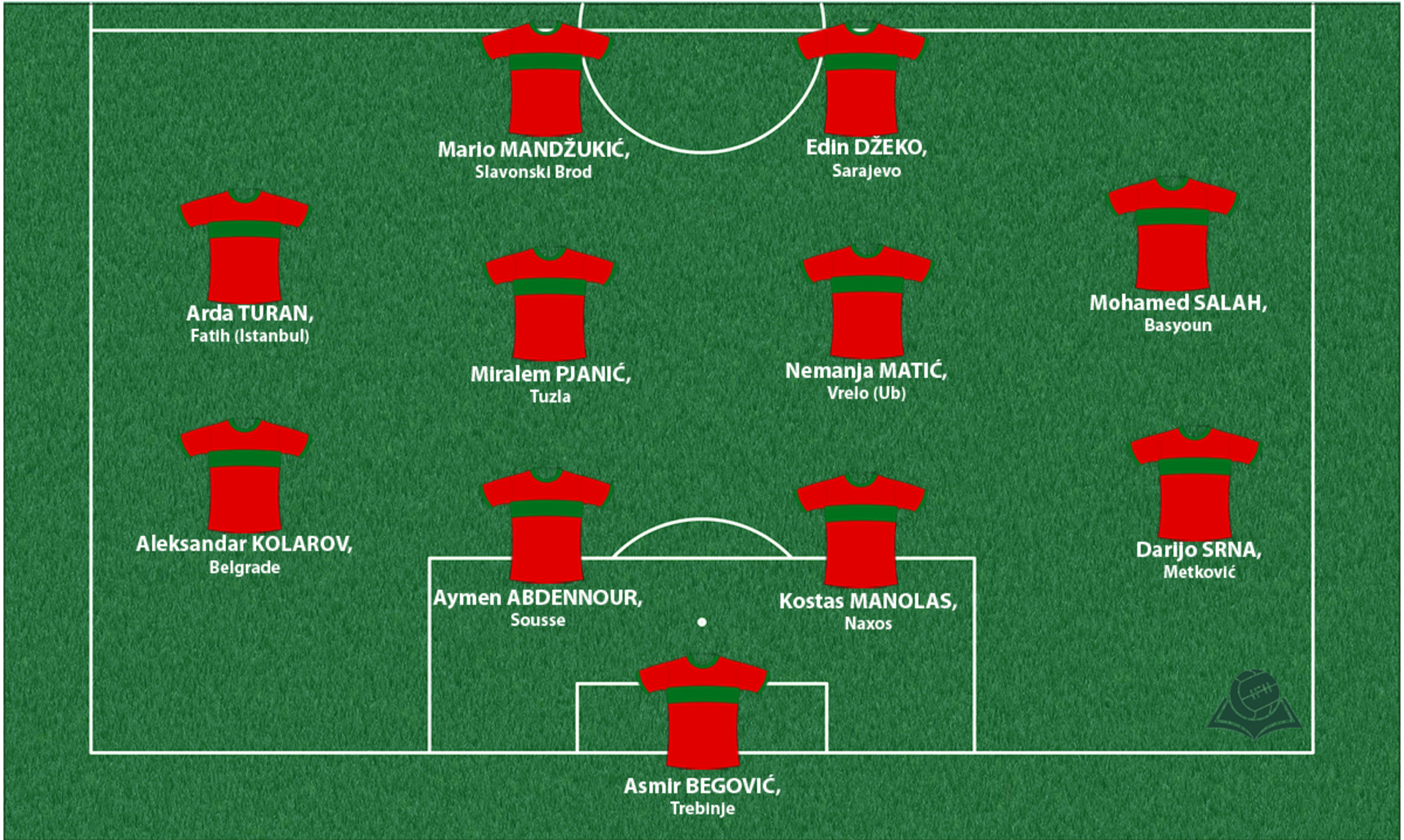Ottoman Empire
A theocratic state, the Ottoman Empire achieved the peak of its territorial expansion during the almost fifty year rule of the Sultan Suleiman (1520 – 1566), and at the time it included Anatolia, Egypt, Arabia, Mesopotamia, as well as the Southeast and parts Central Europe, including Buda.

Coat of arms

Shirt
| Position | First name | Last name | Mjesto rođenja | Like | Dislike | |
|---|---|---|---|---|---|---|
| GK | Asmir | BEGOVIĆ | Trebinje |
21 |
11 |
|
| GK | Ciprian | TATARUSANU | Bucharest |
21 |
7 |
|
| DC | Aymen | ABDENNOUR | Sousse |
0 |
1 |
|
| DC | Dejan | LOVREN | Zenica |
46 |
4 |
|
| DC | Kostas | MANOLAS | Naxos |
30 |
2 |
|
| DC | Matija | NASTASIĆ | Valjevo |
63 |
6 |
|
| DRC | Branislav | IVANOVIĆ | Sremska Mitrovica |
43 |
15 |
|
| DRC | Sokratis | PAPASTATHOPOULOUS | Kalamata |
25 |
6 |
|
| DLC | Stefan | RADU | Bucharest |
21 |
6 |
|
| DRLC | Domagoj | VIDA | Našice |
34 |
6 |
|
| DR | Elseid | HYSAY | Reç (Shkodër) |
14 |
9 |
|
| DR/MR | Darijo | SRNA | Metković |
13 |
10 |
|
| DL/ML | Aleksandar | KOLAROV | Belgrade |
45 |
13 |
|
| DMC | Ljubomir | FEJSA | Kula |
9 |
11 |
|
| DMC | Mohamed | ELNENY | Mahalla |
0 |
0 |
|
| DMC | Nemanja | MATIĆ | Vrelo |
60 |
10 |
|
| DMC | Selcuk | INAN | İskenderun |
11 |
12 |
|
| MC | Mahmoud | DAHOUD | Amude |
1 |
1 |
|
| MC | Miralem | PJANIĆ | Tuzla |
41 |
3 |
|
| ML/DL | Senad | LULIĆ | Mostar |
8 |
6 |
|
| AMC/SS | Josip | ILIČIĆ | Prijedor |
10 |
0 |
|
| AMRLC | Arda | TURAN | Fatih |
18 |
5 |
|
| AMRLC | Dušan | TADIĆ | Bačka Topola |
21 |
9 |
|
| AMRL | Xerdan | SHAQIRI | Gjilan |
44 |
26 |
|
| SS/FC | Stevan | JOVETIĆ | Podgorica |
30 |
8 |
|
| FRLC | Enes | ÜNAL | Bursa |
8 |
9 |
|
| FRLC | Mario | MANDŽUKIĆ | Slavonski Brod |
50 |
1 |
|
| FRLC | Mohamed | SALAH | Basyoun |
19 |
4 |
|
| FC | Aleksandar | MITROVIĆ | Smederevo |
31 |
10 |
|
| FC | Burak | YILMAZ | Antalya |
10 |
10 |
|
| FC | Edin | DŽEKO | Sarajevo |
35 |
5 |
|
| FC | Omar | AL SOMA | Deir ez-Zor |
0 |
0 |
|
| FC/SS | Pieros | SOTIRIOU | Nikosia |
1 |
1 |
(Today part of: Turkey, Greece, Serbia, parts of Croatia, parts of Hungary, Romania, Bulgaria, Albania, Montenegro, Macedonia, Syria, Egypt, Lybia, Tunisia, Israel, Cyprus)
During the 16th century, the Ottoman Empire was recognized as a European power with which alliances were possible. The Ottomans integrated the conquered areas into their state, where the largest territorial units were known as Pashalics, and each of them was comprised of several Sanjaks. Their borders did not go along the borders of previous states on whose territories they were established. In the Mediterranean, however, they gave up further conquests after the defeat at Lepanto (1571) from the united Christian forces (Venice, Savoy, Spain, Genoa) assembled by the pope.
In Ottoman society every Muslim, regardless of his origins and social status, was given the opportunity to climb up the social ladder. So, for example, the duties of the Grand Vizier were often bestowed on loyal people who were once “collected” as blood tax or Devşirme, which was one of the ways of filling the ranks of the Janissaries, as well as troops protecting the court, by taking away the children of their Christian subjects. Their advantage was also perceived in the fact that they did not have roots belonging to the Sultan’s family, nor did they hold lands and, as such, were harmless to the throne, and dependent on the Sultan.Those belonging to the ruling class were not given hereditary lands, their hold over them was only temporary, seen as how all land belonged to the state, and was to be disposed of by the Sultan, so one might say that he ruled even more unrestrictedly than the absolute monarchs of Europe. Also, as opposed to Christian rulers, the Ottomans did not convert the populace by force, and the state practiced religious tolerance. Nevertheless, due to the fact that the popes and the Catholic Habsburgs were the main advocates of the fight against Islam, the position of Catholics within the Empire was a lot harder than the one of Orthodox Christians.
Sources
- Niall FERGUSON, Civilizacija: Zapad i ostali, Zagreb, 2012.
- Josef MATUZ, Osmansko carstvo, Zagreb, 1992.
- Mladen ANČIĆ, Tko je pogriješio u Bosni : na razdjelnici između povijesti i politike, Zagreb, 1999.
- Grupa autora, Povijest: Humanizam i renesansa, doba otkrića, knjiga VIII., Zagreb 2008.
- ''Devširme'', http://www.enciklopedija.hr//natuknica.aspx?ID=14894
- Coat of arms: https://en.wikipedia.org/wiki/List_of_sultans_of_the_Ottoman_Empire
